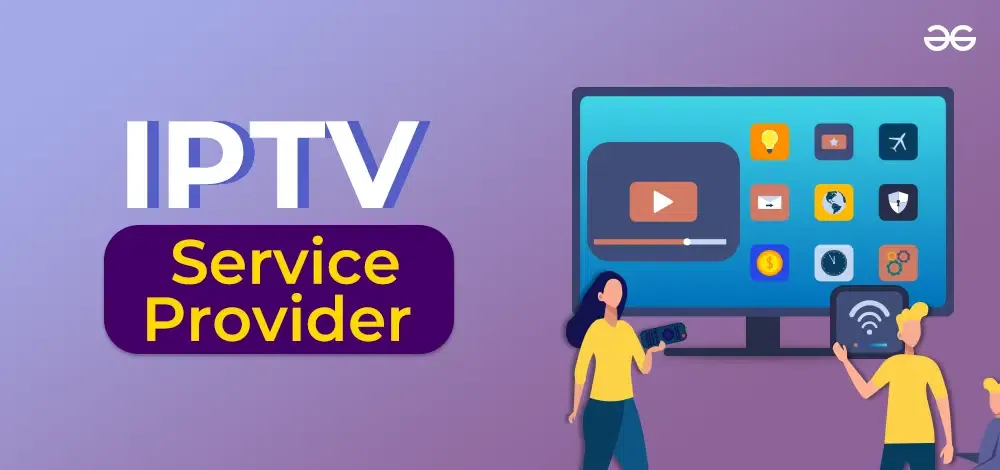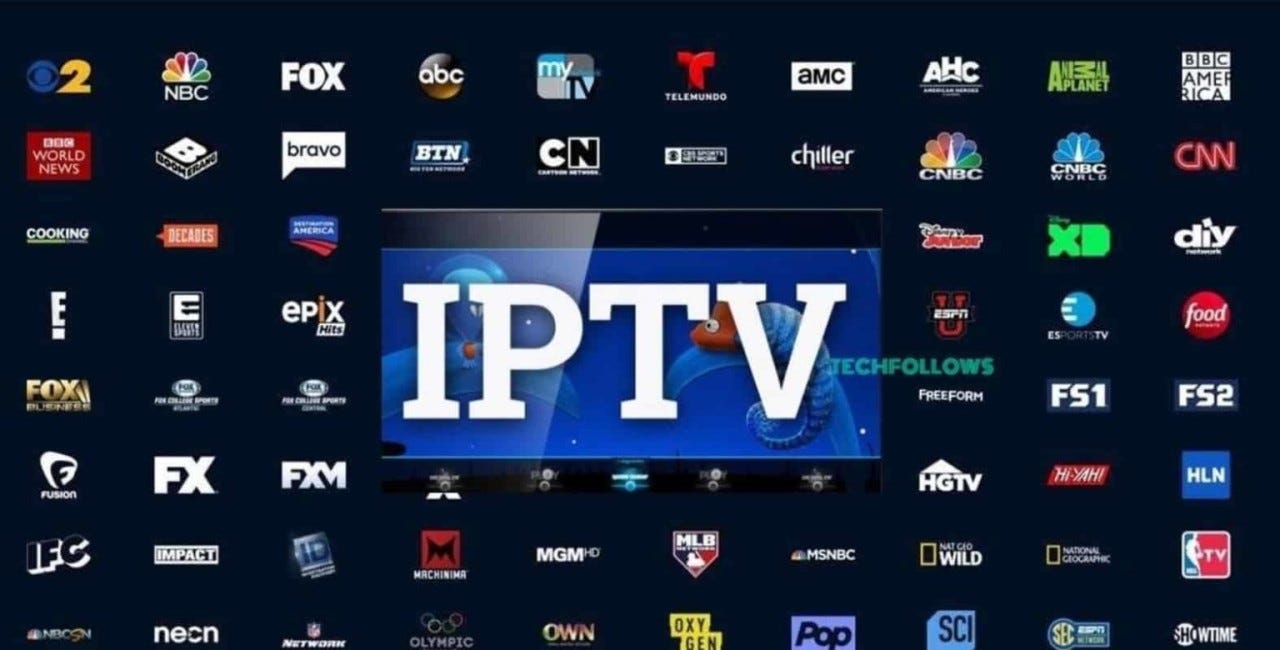Exactly How IPTV Works: A Step-by-Step Guide to Web Procedure Television Modern Technology
Internet Procedure Television (IPTV) has actually revolutionized the method we eat tv web content, offering a new realm of opportunities via the power of the internet. From the essential concepts of IPTV to the intricate procedure of web content delivery, each step plays a vital duty in ensuring a seamless watching experience.
IPTV Essentials
In recognizing IPTV essentials, it is crucial to realize the fundamental functions of this innovation in providing television content online. IPTV, which stands for Internet Procedure Television, uses Web Protocol (IP) networks to transmit tv web content to customers' tools. Unlike typical approaches of transmitting television material through cable or satellite signals, IPTV streams media via high-speed net links.

Additionally, IPTV enables interactive capacities, such as video clip on demand (VOD) and electronic program overviews (EPG), boosting the user experience by providing even more control and versatility in accessing content. Generally, recognizing the fundamentals of IPTV sets the structure for exploring its even more advanced performances and the advantages it uses to contemporary tv usage.
Content Shipment Process
Effective web content distribution in IPTV systems involves a well-structured procedure that guarantees smooth transmission of tv content over IP networks. The web content distribution process in IPTV begins with the creation of the video clip web content, which is after that encoded into digital layout ideal for IP transmission.

Middleware Functionality
With the integration of middleware, IPTV systems gain enhanced performance that improves user communication and web content administration. Middleware serves as an important element that bridges the void in between the interface and the back-end infrastructure, facilitating seamless interaction and communication within the IPTV system. One of the crucial functions of middleware in IPTV is to enable personalized user experiences by providing attributes such as interactive program guides, video-on-demand services, interactive advertising and marketing, and individual preferences management. By systematizing these performances through middleware, solution suppliers can offer a much more dynamic and tailored IPTV experience to This Site their clients.

Gadget Compatibility
Given the critical function of middleware in allowing seamless interaction and content management in IPTV systems, an important element to take into consideration is the compatibility of devices used for accessing the IPTV solutions. Tool compatibility is crucial for ensuring a smooth individual experience and ideal performance when accessing IPTV material.
In the context of IPTV, device compatibility describes the capacity of a gadget to successfully engage with the IPTV solution, display content appropriately, and sustain the required protocols and codecs for streaming video material online. Different tools, such as wise TVs, set-top boxes, smartphones, tablet computers, and computer systems, might have varying degrees of compatibility with IPTV services.
To guarantee a smooth watching experience, it is crucial for individuals to choose tools that are compatible with the specific IPTV solution they are using. In addition, IPTV provider should supply assistance for a wide array of tools to accommodate the diverse demands of their individual base. By focusing on gadget compatibility, both customers and provider can improve the overall IPTV experience.
Top Quality of Service (QoS)
Taking into consideration the important role of keeping a high requirement of performance and dependability in IPTV systems, ensuring constant Quality of Service (QoS) continues to be an essential aspect of the customer experience. QoS in IPTV refers to the capability of the system to deliver material with marginal disturbances, high resolution, and fast filling his comment is here times. To achieve ideal QoS, numerous elements require to be dealt with. Network transmission capacity is vital to sustain high-quality video clip streaming without buffering or pixelation. In addition, latency, jitter, and packet loss need to be minimized to improve the watching experience.
Service suppliers use QoS systems such as web traffic prioritization, buffering, and error adjustment to keep a stable IPTV solution. By focusing on IPTV web traffic over less time-sensitive information, carriers can make certain smooth playback even during peak use hours. Buffering assists compensate for network fluctuations, while mistake correction strategies improve data honesty.
Continual tracking and optimization of QoS parameters are necessary to adapt to altering network problems and customer demands. Ultimately, a durable QoS framework is vital for delivering a smooth and pleasurable IPTV experience to users.
Verdict
In moved here verdict, IPTV runs with the transmission of tv material over net protocol networks. High quality of Solution plays an essential function in keeping the efficiency and dependability of IPTV solutions - IPTV subscription.